Gross Margin/Profit
What is Gross Margin/Profit
Gross margin is the difference between sales and the cost of goods sold.
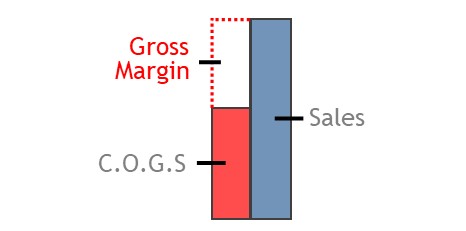
How it Works
A trading company will sell goods to customers.
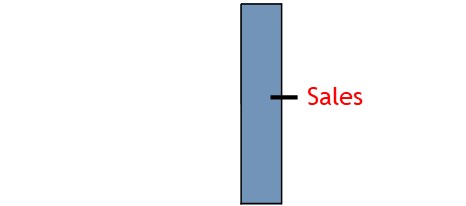
In order to make these sales, the company will first need to buy the goods.

The amount paid for them is known as the cost of goods sold (C.O.G.S)

The difference between sales and C.O.G.S is known as the gross margin or gross profit.
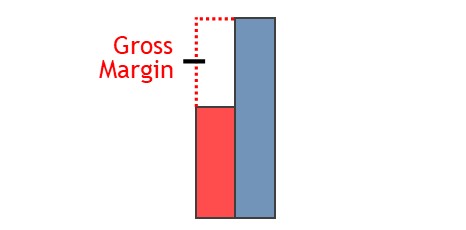
Gross margin shows how well a trading company performs from one period to the next.
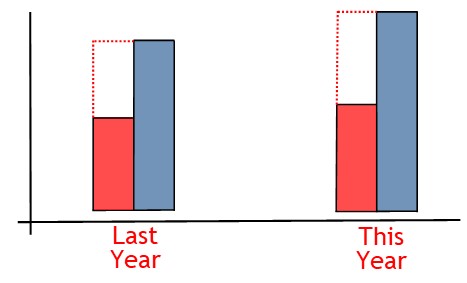
If gross margin is adequate, the company will make a good profit after paying for overheads.
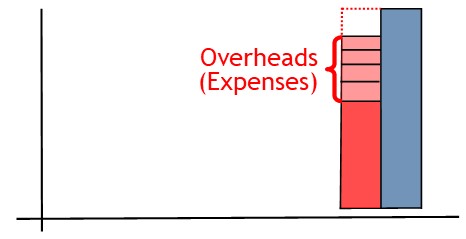
However, if gross margin is inadequate, the company will make a smaller profit or even a loss after paying for overheads.
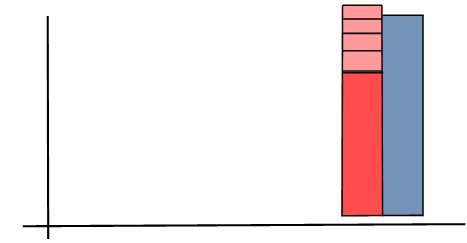
Calculating Gross Margin
To calculate gross margin, you start off by calculating how much inventory the business actually sold.

When doing this, you don’t simply subtract purchases from sales.
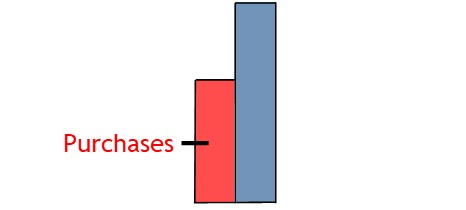
The business may have purchased more than it actually sold during the period.
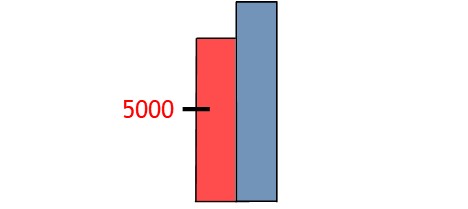
Or it may have purchased less.
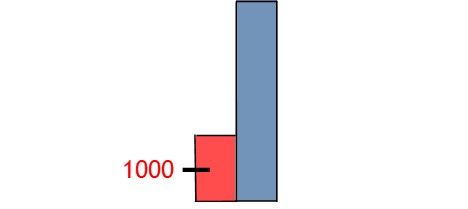
To calculate C.O.G.S, you begin by finding how much inventory was on hand at the beginning of the period.

Then you add purchases for the period.

This shows the total amount of inventory available for sale.

After this, you deduct the amount of stock left over at period-end.

The difference will show C.O.G.S

Once C.O.G.S is determined, you can calculate gross margin.
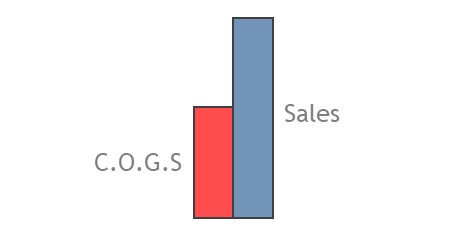
To do so, you deduct C.O.G.S from sales.

© R.J. Hickman 2020
